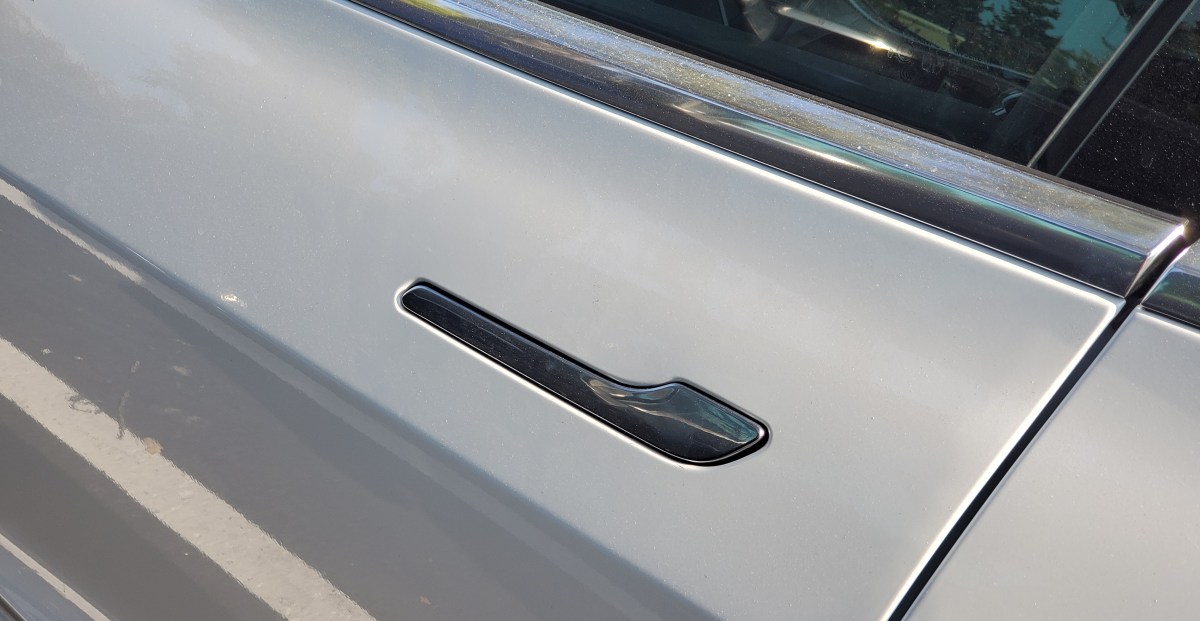NHTSA Opens Probe into Tesla Door‑Handle Entrapment Issues

Key Points
- NHTSA opens a defect investigation into Tesla’s electronic door handles.
- The probe targets an estimated 174,290 Model Y SUVs.
- Nine incidents involving children trapped inside vehicles prompted the inquiry.
- Low‑voltage battery problems may prevent door locks from operating from outside.
- Tesla provides manual releases, but they may be difficult for some occupants to use.
- The agency stresses the risk of entrapment in hot conditions.
- Investigation will assess the reliability of the power‑supply design for door locks.
- Potential outcomes include design changes or owner guidance on safe door operation.
The National Highway Traffic Safety Administration has launched an investigation into Tesla’s electronic door handles after multiple reports of occupants, especially children, becoming trapped inside vehicles. The probe focuses on an estimated 174,290 Model Y SUVs and examines whether low‑voltage battery problems are preventing the door locks from operating from outside the vehicle. While Tesla provides manual release mechanisms, the agency notes that they may be difficult for some users to operate. The investigation was prompted by nine incidents involving children unable to exit the vehicle, raising safety concerns about entrapment in hot conditions.
Investigation Overview
The National Highway Traffic Safety Administration (NHTSA) has opened a defect investigation into Tesla’s electronic door‑handle system. The agency’s inquiry targets a specific group of Model Y SUVs, estimated at 174,290 units, and seeks to determine whether the power‑supply design for the door locks is reliable under low‑voltage conditions.
Triggering Incidents
The investigation was sparked by nine reported cases in which children became trapped inside a Tesla vehicle because the electronic door handles failed to operate. In each instance, parents were unable to reopen the doors from the outside, and the children could not operate the manual release mechanisms provided by the manufacturer.
Safety Concerns
NHTSA emphasizes that vehicle entrapment is particularly hazardous in emergency situations, such as when a child is locked inside a hot vehicle. The agency notes that while Tesla’s vehicles are equipped with manual door releases, they may not be easily accessible to all occupants, especially younger children.
Scope of the Probe
The probe will assess the overall design of the electronic door‑lock system, focusing on the operability of the locks from outside the vehicle. The agency also plans to monitor any additional reports of entrapment involving the ability to open doors from inside the vehicle, though the current investigation centers on the lack of an external manual override.
Potential Outcomes
Depending on the findings, NHTSA may require Tesla to modify the power‑supply architecture for the door locks, improve the accessibility of manual release mechanisms, or issue guidance to owners on how to safely operate the doors under low‑voltage conditions. The investigation remains open, and the agency will take further action as needed based on additional data and reports.
Broader Context
This inquiry adds to a series of regulatory examinations of Tesla’s safety systems. The company has previously faced scrutiny over the reporting of crashes involving its partially autonomous driving technology and the performance of its remote‑parking feature. The current focus on door‑handle reliability underscores ongoing concerns about the integration of electronic components into critical safety functions.